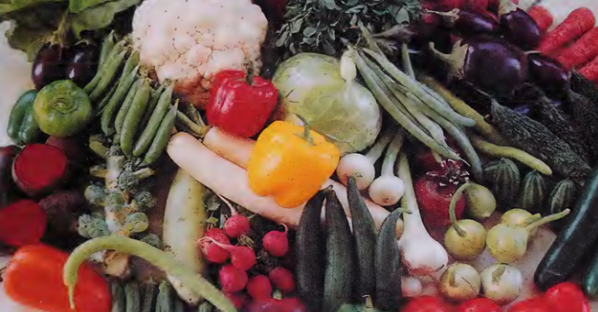The Best Green Leafy Vegetables for Healthy Meal

The Best Green Leafy Vegetables for Healthy Meal
Green leafy vegetables are probably the most important group of foods because they are so overlooked.
Green leaves are the best consistent sources of alkaline minerals (good calcium, magnesium), are an excellent source of fiber, have many calming antistress properties, and are the best source of chlorophyll.
Chlorophyll is a blood-builder and one of Nature’s greatest healers.
It is the pigment in plants within which photosynthesis takes place.
It absorbs the vibrant sun’s energy and transforms it into plant energy.
This energy is transferred directly to you when you eat chlorophyll-rich foods such as green-leafed vegetables.
Green leafy food is a transfusion of sun energy to blood energy in the cardiovascular system.
One could say chlorophyll is the blood of plants, just as haemoglobin is the blood of the human body.
The difference between the two molecules is that chlorophyll is centered on magnesium, while haemoglobin is centered on iron.
Fresh juices filled with chlorophyll from green leafy foods (such as celery, parsley, spinach, kale, broccoli, etc.) and fruits (such as apples or pears to sweeten) are a wonderful way to begin and maintain a beautiful body for a lifetime.
Our best and most reliable source of fiber, green leaves are transformed into the structure of the body.
It might be green herbs or big leafy vegetables such as kale, green leaves should be an important part of the diet.
Here are some examples of green-leaf vegetables that you should include in your diet
- arugula
- Bok choy
- celery
- cilantro
- crane’s bill
- collards
- dandelion
- dark green cabbage
- endive
- fennel (wild)
- kale (especially dinosaur kale)
- lamb’s quarters (goosefoot)
- lettuce (all types)
- malva and mallow
- mustard (wild)
- parsley
- purslane
- spinach
- spring onion (green)
- sunflower greens
- radish leaves
It is important to note that;
All the building blocks necessary to construct and energize your body are present in plants.
Out of the twenty-two amino acids found in the body, eight must be derived from food/bacteria (these latter are called “essential amino acids”).
The body is capable of recycling and manufacturing the other fourteen amino acids.
All eight essential amino acids are in abundance in raw plant foods, especially in green leaves and superfoods (spirulina, blue-green algae, bee pollen, maca, goji berries, and hemp seeds, to name a few).
Green-leafed vegetables are a great source of iron, with dandelion, parsley, and spinach being particularly high in good iron.
Other than red meat and the blood of animals, greens along with spirulina, cacao, seaweeds, and tubers in the sunflower family of plants (Jerusalem artichoke, yacon) heal anaemia.
Other sources of iron include red-coloured fruits such as cherries, berries, pomegranates, and red-flesh figs.
Green-leafed vegetables are always the best source of heavy alkaline minerals: calcium, magnesium, iron, etc.
The alkaline minerals in greens balance the acid-forming minerals (sulphur, chlorine, and phosphorus) found in avocados, nuts, seeds, onions, garlic, fresh products, etc.








